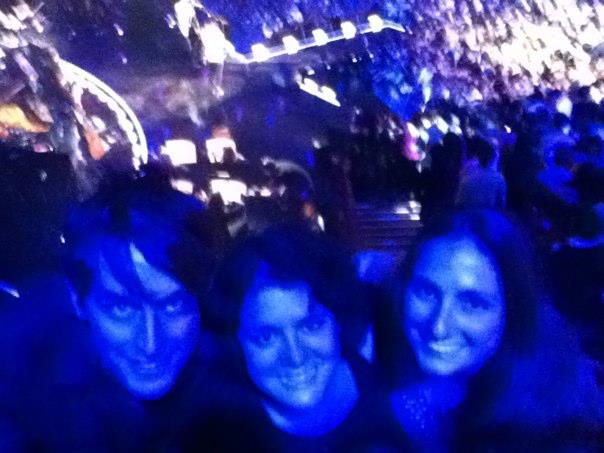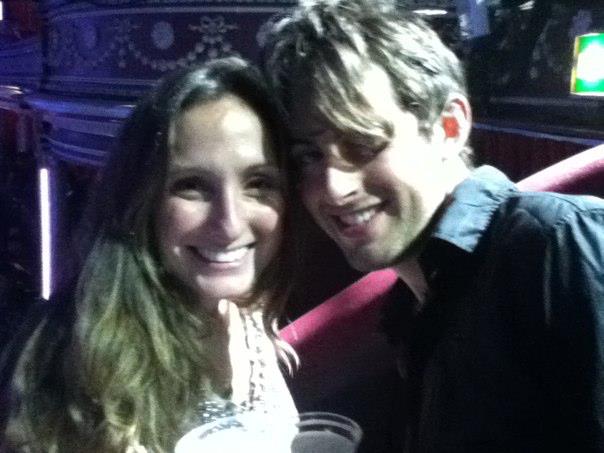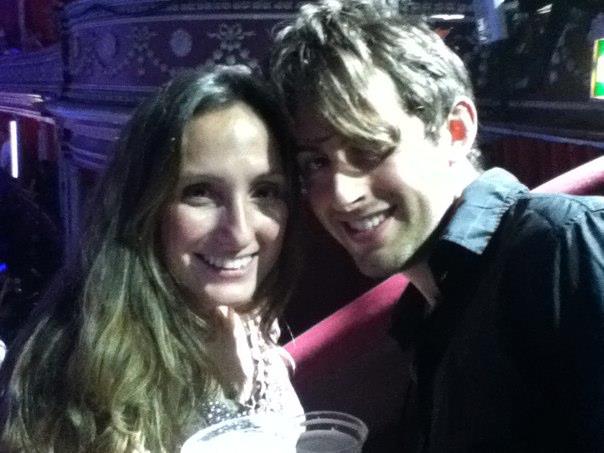Young & Serious
My enthusiasm for working with Serious began in 2010.
My first experience was working in both Production and Communications teams for EFG London Jazz Festivals 2011 & 2012, BT River of Music and Young & Serious, as well as freelancing with the Development & Learning and Communications Teams.
My first experience was working in both Production and Communications teams for EFG London Jazz Festivals 2011 & 2012, BT River of Music and Young & Serious, as well as freelancing with the Development & Learning and Communications Teams.





 RSS Feed
RSS Feed